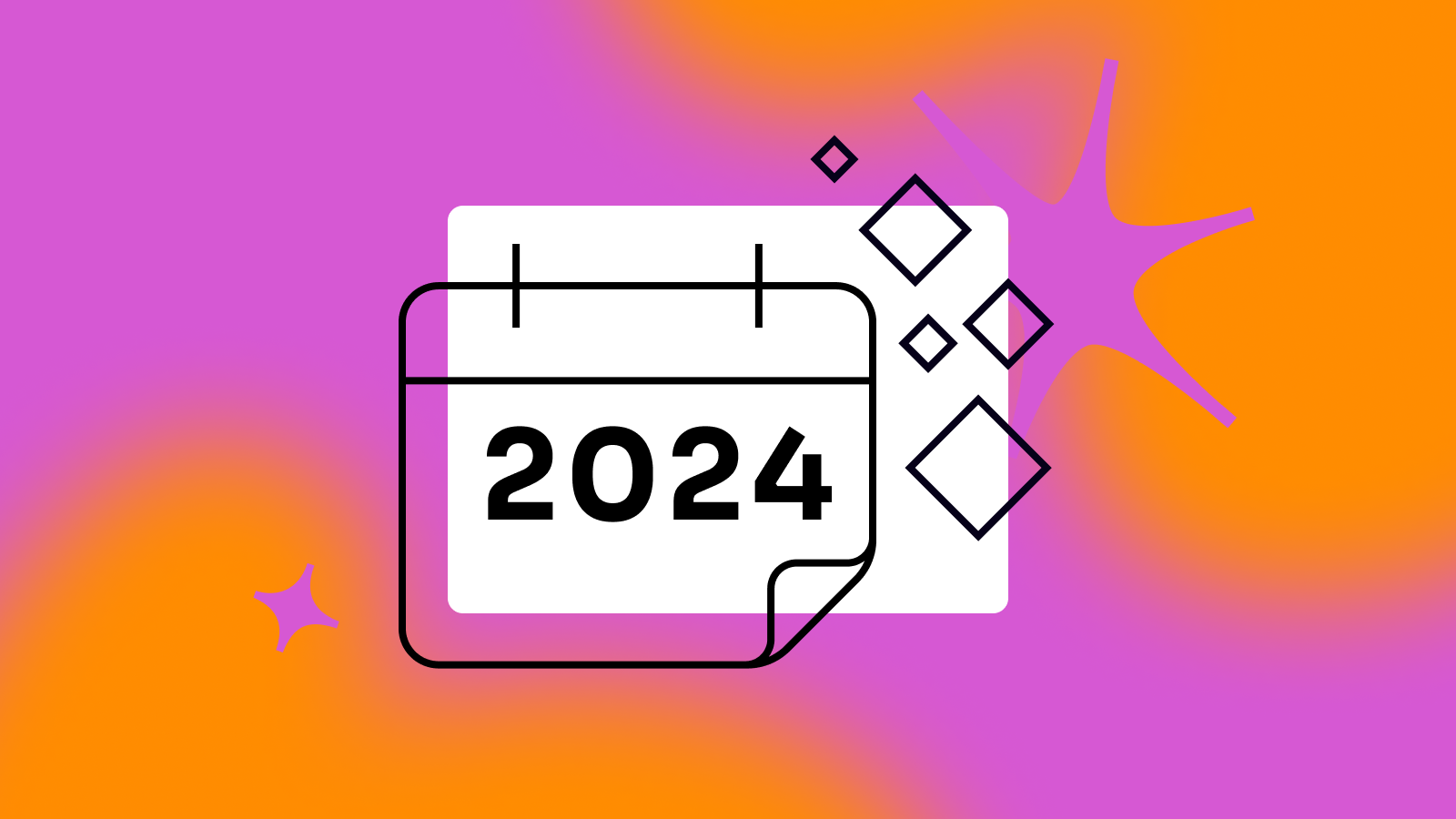Picture this. You walk into an electronics store. An associate appears, asking how she can help. You tell her that you’re a hobbyist photographer looking to purchase your first drone. You’d like to try before you buy. No problem, she says. Follow me.
She runs you through a few good options, highlighting the features of each and putting you through your paces in the testing area. Then she surprises you. She plays the cute puppy card. Take it home, she says. Live with it for a while and see if you fall in love.
Why, yes. I think I will do that, you say.
Now imagine this same scenario inside a software application. As a new user, you might appear with a vague need but little clue as to how to get started. The product shows you how. It walks you through a quick tour and then invites you to check out some key features. Your turn, it says. Try this out. And now that you’re getting the hang of it, live with it for a while. No obligation.
Why, yes. I think I will do that, you say.
But will you? The tool reminds you to come back in, introducing features that you haven’t used before. The cycle continues until, at last, you activate. The software application becomes a version of that helpful associate in the electronics store.
As you engage, based on your behavior and perhaps your role or profile, the product surfaces new features that you may want to try. As you do, you become more deeply invested.
The intention in both of these scenarios is to guide you to value and get you hooked. You came in with perhaps a vague idea of what you needed and, if you’re like most people, probably little patience for the discovery process. You wanted someone to point out the features, make you proficient, let you live with it for a while. Maybe then you’ll buy. Maybe.
Welcome to the age of product-driven growth. Today, your software products are expected to do the selling. They’re expected to invite prospective users to try before they buy, progressively disclosing layers of value as they engage. In doing so, the product itself shapes behaviors that become habits and creates habits that you can monetize as users become hooked.
I recently heard Atlassian’s head of global marketing present on this topic. She asked the audience how many outbound sellers they thought Atlassian might have. 100? 300? 600?
It was a rhetorical question, of course. Her answer? None. Zero. Goose egg. How, then, did they manage to reach nearly a billion dollars in revenue and a whopping $17 billion market cap? Product-driven growth. The products, quite literally, sell themselves. They’re instrumented and automated to do so.
Product-driven growth is a love story of sorts. It’s a relationship that develops progressively over time. It begins with a faint clue that there might be a match, a conviction that’s confirmed and deepened progressively with each interaction over time.
In this scenario, users are empowered to make decisions independently. And as they do, they become more deeply committed because the decisions came honestly, a consequence of their applied experiences with the product itself.
In psychology, the consistency principle suggests that humans have a hard-wired urge to act consistently with previous behaviors and statements. The decisions that we make independently through our own skill, wit, and judgement are the ones we defend. The ones that stick.
That’s why a self-directed buying journey where the product does the selling often yields the most loyal and committed users, the ones who experience enduring product love.
It all begins with a product that’s designed to sell itself.

